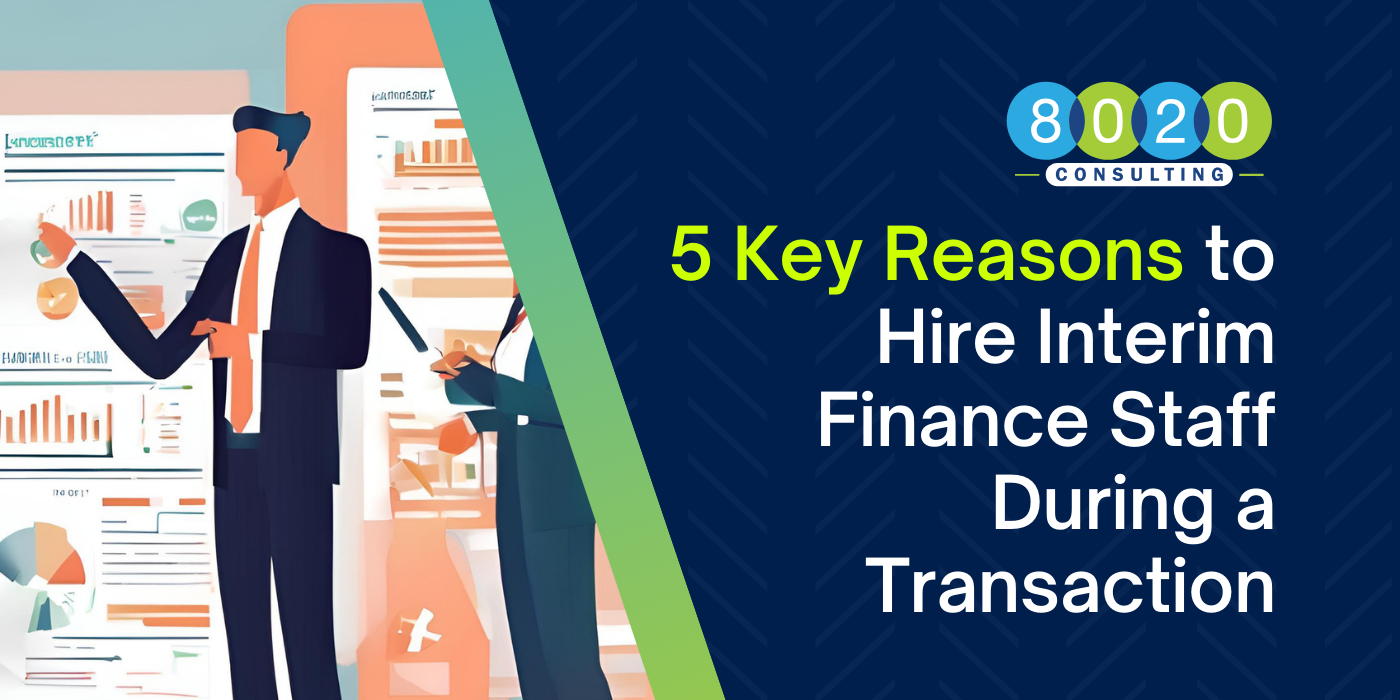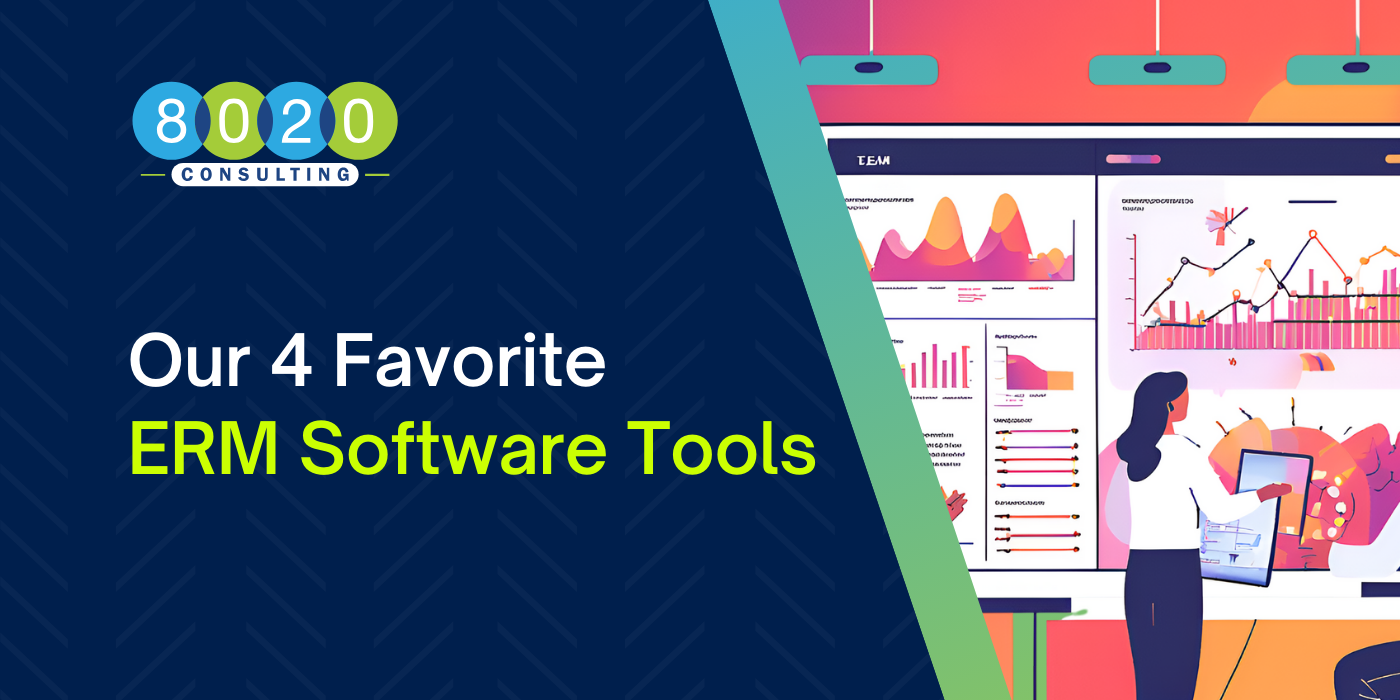
No matter why a company goes through a financial statement audit, the process is typically very stressful. Audits take place during normal business activity, pulling people and resources in different directions. They require a significant time commitment and a great deal of preparation. The ultimate goal of an audit is to receive an unqualified opinion from auditors. To serve that goal and make the preparation process easier on everyone involved, a financial audit checklist is a good place to start.
Audit Checklist Part 1: Initial Preparation
Prior to starting a financial statement audit, the head of accounting should perform a critical and thoughtful review and ask key questions to assess department readiness:
- Are reconciliations complete and current?
- Are rollforwards complete?
- Do schedules and analysis support the reported balances?
- Are there invoices, statements, shipping and receiving documents and legal agreements to support the transactions recorded?
- Does the accounting system generate robust financial reports?
- Is the accounting staff ready to sit with auditors and answer detailed questions about processes, journal entries and documents?
If the answer to any of these questions from your financial audit checklist is no, help from an outside expert should be strongly considered.
Learn more about financial audits in this related blog: “What is a Most Recent Financial Audit Timeline? Best Practices for Your First Financial Audit.”
Audit Checklist Part 2: Preparations Prior to Year End
Physical Inventory
A couple of months before year end, a physical inventory should be planned. Start by reaching out to key individuals in Inventory Management and develop a detailed schedule. Notify auditors of the schedule so they can observe the physical inventory, as this is usually a significant audit area.
Audit Schedule
Obtain the audit schedule and a preliminary prepared by client (PBC) list from the audit partner.
Audit Checklist Part 3: Preparations After Year-End Close
Assets
In validating assets, auditors will focus on the existence, valuation and ownership of those assets. This can be done in a variety of ways including through physical inventory or independently confirming account balances with financial institutions. In order to prepare, a company must ensure the following:
- Inventory: Value the physical inventory. Make necessary adjustments between what was counted and recorded in the general ledger. In addition, adjust for shipments both sent and received that are in transit and confirm free title. Complete an obsolescence review to ensure that the inventory is valued fairly.
- Cash and Investments: These accounts should be reconciled on a monthly basis. Auditors will request original statements and confirm year-end balances independently with the appropriate financial institutions.
- Accounts Receivable: Prepare an accounts receivable aging report by invoice and customer with consideration for collectability. This is also an area where auditors will perform independent verification directly with customers in addition to other verification testing.
- Fixed Assets: These assets are generally presented in a rollforward that identifies by asset the new additions and disposals. Generally, auditors will select a sample from a listing of fixed asset additions and disposals or a fixed asset register. Invoices, payments and legal agreements will be expected to support the amounts and ownership. As the area of fixed assets also includes the recording of depreciation, accumulated depreciation and depreciation expense accounts will also be reviewed.
- Prepaid Expenses: A schedule of prepaid expenses which typically includes insurance and rent should be prepared and supported.
- Intercompany Accounts: If there are intercompany transactions, these should be reviewed and addressed.
Liabilities
In considering a company’s liabilities, auditors look to ensure they are complete and not understated. Expect auditors not only to validate the liabilities recorded but also to perform various tests in search of unrecorded liabilities. These tests are done by reviewing disbursements in subsequent months in order to ensure the liability is captured in the correct fiscal year. The major areas will be:
- Accounts Payable: Prepare an accounts payable register by customer and invoice. Identify large dollar vendors.
- Accruals: Identify and prepare a list of transactions for which supporting documentation was received in the subsequent year but that actually relates to the current year.
- Loans: Ready financial and legal documents, as they will be inspected to support balances.
Equity
Generally, there is minimal activity in the equity group of accounts. Still, expect to support all contributions and distributions.
Revenue
Revenue is reviewed in a variety of ways that are primarily dependent on the way revenue is generated and cash is collected. One testing method will be to develop a correlation between the revenue recorded and the cash collected on a monthly basis.
Cost of Goods Sold
Cost of goods sold (COGS) is often reviewed at a detailed level. Although this area is not necessarily one that can be prepared for prior to an audit, there will be many inventory invoices and other supporting documents selected once audit field work begins.
Audit Checklist Part 4: Trial Balance & PBC List
After year-end close and before an audit starts, the trial balance will be requested by the auditors. This will provide a roadmap for testing activity and assessment of materiality. Soon after, the company will receive the PBC list which will not only include many of the items listed in the financial audit checklist above but also many items specific to the line of business.
Ultimately, the company needs to have resources in place to fulfill the PBC list requested by the auditors. Staff must also be prepared for many questions and document requests during the field work phase of the audit.
How to Leverage the Financial Audit Checklist
This financial audit checklist is meant to provoke thought and help determine if a company is prepared for the rigors of a financial statement audit, with appropriate resources in place. Given the intensity of an audit, it can be very challenging to manage both the audit and regular business activities. Many accounting departments are understaffed to begin with, without the time and experience to take on the demands of a fast-paced audit with aggressive deadlines.
More on Financial Reporting & Accounting
If you’ve gone through the financial audit checklist and are worried about your company’s ability to manage the process, consider adding an experienced audit consultant to your team. Utilizing a financial reporting & accounting consultant can help bridge gaps and ultimately lead to a successful – and certainly much less stressful – audit.
If you’re concerned about the demands and disruption of an upcoming financial statement audit, an 8020 consultant can help. Contact us here, and we’d be happy to answer questions about how to make the process less stressful and more successful.



